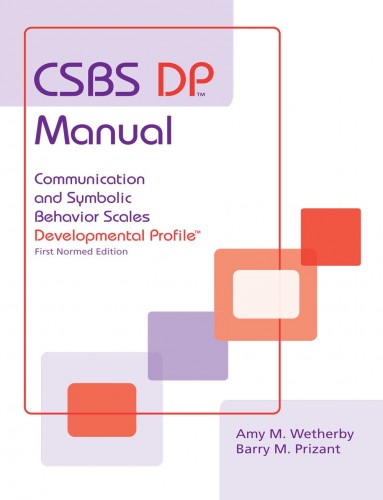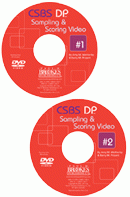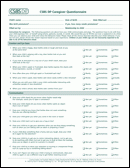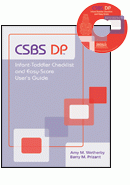-
Product Code 9781557665515 ( MR #031852 )
Price $204.95
$194.70 (quantity of 5+)
$184.46 (quantity of 10+)
$174.21 (quantity of 20+)
$163.96 (quantity of 50+)
$153.71 (quantity of 100+)
Contents
-

Communication and Symbolic Behavior Scales Developmental Profile (CSBS DP)
CSBS DP Manual
$66.95*Special order item (delivery delay possible)
-

Communication and Symbolic Behavior Scales Developmental Profile (CSBS DP)
CSBS DP Record Forms Package (20 of each and 2 Outline Cards)
$40.00 -

Communication and Symbolic Behavior Scales Developmental Profile (CSBS DP)
CSBS DP Sampling & Scoring Videos (DVD)
Set of 2 DVDs
$99.00
No additional information available for this item.

 Proud to be Canadian
Proud to be Canadian



